Home>Furniture>Outdoor Furniture>How Big Do Patio Baby Eggplants Get
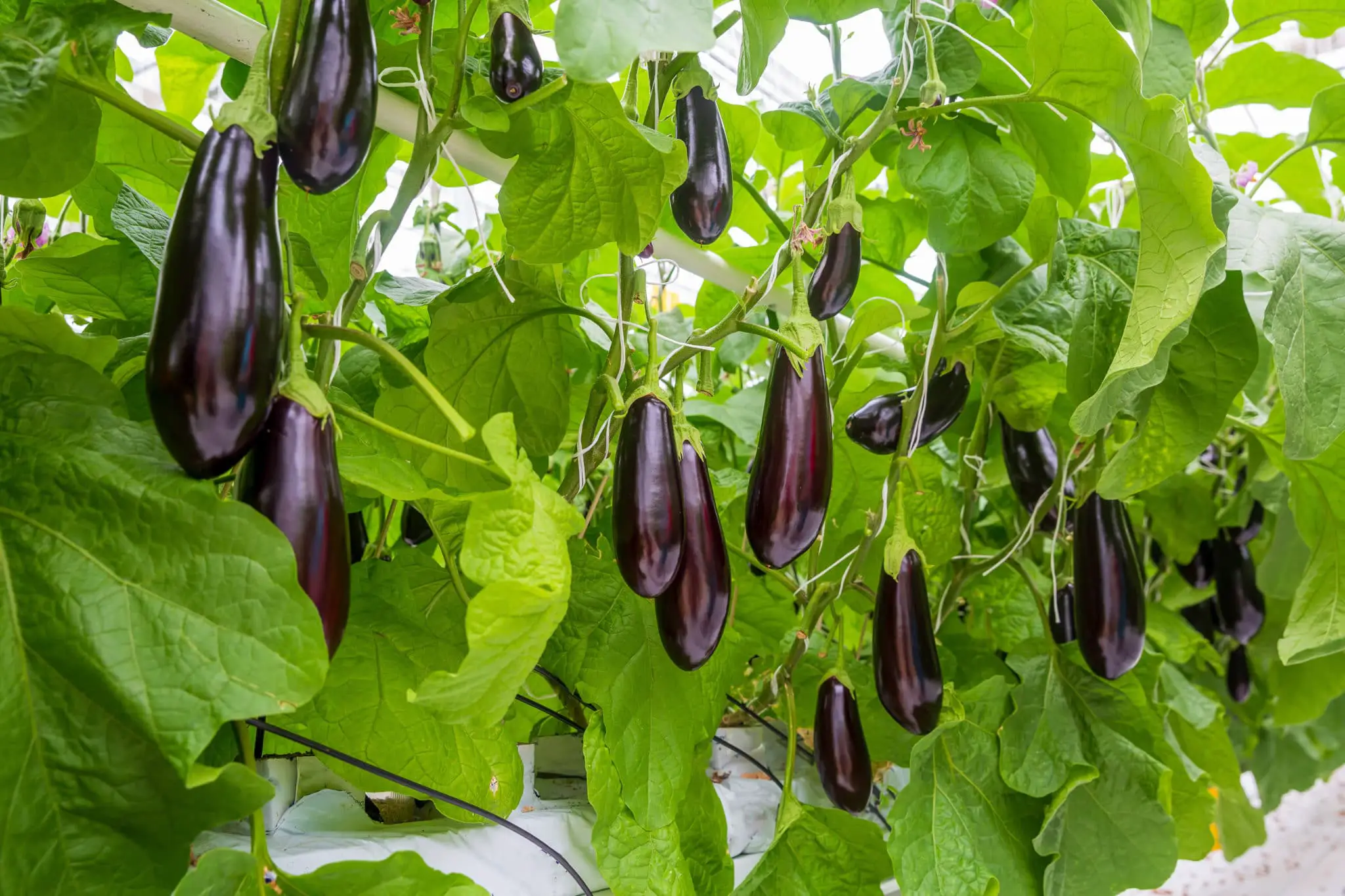

Outdoor Furniture
How Big Do Patio Baby Eggplants Get
Modified: March 7, 2024
Discover the ideal size of Patio Baby Eggplants for your outdoor furniture with our comprehensive guide. Maximize your patio space while enjoying fresh, homegrown produce.
(Many of the links in this article redirect to a specific reviewed product. Your purchase of these products through affiliate links helps to generate commission for Storables.com, at no extra cost. Learn more)
Introduction
Welcome to the wonderful world of patio baby eggplants! These petite varieties of eggplants are perfect for small outdoor spaces, such as patios or balconies. If you have limited gardening space but still want to enjoy the delight of growing your own vegetables, patio baby eggplants are the ideal choice.
Patio baby eggplants are known for their compact size and prolific fruiting. They are a popular choice among gardeners because they not only provide a bountiful harvest but also add a touch of charm to any outdoor area with their vibrant colors and attractive foliage.
In this article, we will explore the characteristics of patio baby eggplants, discuss the necessary growing conditions, provide tips on care and maintenance, delve into the harvesting and storing process, address common pests and diseases, and even introduce you to a few delicious recipes to make the most of your patio baby eggplants.
Whether you are a seasoned gardener or a newbie in the world of outdoor furniture, this article will provide you with a comprehensive guide to successfully cultivate patio baby eggplants.
So, let’s dive into the world of miniature eggplants and discover the joy of growing and enjoying these delightful veggies!
Key Takeaways:
- Patio baby eggplants are perfect for small outdoor spaces, reaching a maximum height of 12-18 inches and offering a continuous supply of fresh and delicious eggplants.
- With vibrant colors, quick harvest, and adaptable growing conditions, patio baby eggplants are a delightful choice for both beginner and experienced gardeners.
Read more: When To Pick Patio Baby Eggplant
Characteristics of Patio Baby Eggplants
Patio baby eggplants possess several unique characteristics that make them a popular choice among gardeners. Here are some key features of these mini eggplants:
- Compact Size: One of the standout attributes of patio baby eggplants is their small size. These eggplants typically reach a maximum height of about 12-18 inches, making them perfect for container gardening and small spaces.
- Vibrant Colors: Patio baby eggplants come in a variety of stunning colors. From deep purple to bright green and even striped or variegated varieties, you can find a visually appealing option to suit your preferences.
- Abundant Fruiting: Despite their small size, patio baby eggplants offer a plentiful yield. They produce numerous fruits throughout the growing season, ensuring a continuous supply of fresh and delicious eggplants for your culinary creations.
- Quick Harvest: Unlike their larger counterparts, patio baby eggplants have a relatively short time to mature. Depending on the variety, these eggplants can be harvested within 50-60 days from planting, allowing you to enjoy the fruits of your labor in no time.
- Tender and Flavorful: Despite their diminutive size, patio baby eggplants boast a rich and robust flavor. They are tender and succulent, with a slightly sweet taste that pairs well with a variety of dishes.
- Adaptable to Different Growing Conditions: Patio baby eggplants are versatile plants that can thrive in various environments. They can be grown in containers, raised beds, or directly in the ground, and they adapt well to both indoor and outdoor settings.
These characteristics make patio baby eggplants an excellent choice for both beginner and experienced gardeners who want to grow their own fresh and flavorful eggplants without the need for a large garden space.
Now that we have explored the unique features of patio baby eggplants, let’s move on to understanding the optimal growing conditions for these delightful vegetables.
Growing Conditions
To ensure the healthy growth and abundant fruiting of your patio baby eggplants, it is essential to provide them with the right growing conditions. Here are the key factors to consider:
- Sunlight: Patio baby eggplants thrive in full sun exposure. They require at least 6-8 hours of direct sunlight each day. Choose a location on your patio or balcony that receives ample sunlight to promote optimal growth.
- Temperature: These mini eggplants prefer warm temperatures, ideally between 70-85°F (21-29°C). Avoid planting them when there is a risk of frost, as they are sensitive to cold temperatures.
- Soil: Use a well-draining soil mix that is rich in organic matter. Patio baby eggplants prefer slightly acidic to neutral soil with a pH level between 6.0-7.0. Incorporate compost or well-rotted manure into the soil before planting to improve its fertility and drainage.
- Container Selection: If you are growing patio baby eggplants in containers, choose pots or grow bags that are at least 12-16 inches deep to allow for proper root development. Ensure the container has drainage holes to prevent waterlogging.
- Watering: Keep the soil consistently moist but avoid overwatering, as it can lead to root rot. Water the plants when the top inch of soil feels dry. Regular watering is crucial during flowering and fruiting stages to support the development of high-quality eggplants.
- Fertilization: Apply a balanced organic fertilizer or slow-release granular fertilizer formulated for vegetables at the time of planting. Follow the package instructions for the recommended dosage and apply additional fertilizer every 4-6 weeks throughout the growing season.
- Support: Depending on the variety and growth habit, patio baby eggplants may benefit from a stake or trellis for support. This helps prevent the plants from sprawling and protects the fruits from touching the ground, reducing the risk of rot or damage.
By providing the ideal growing conditions, you can ensure that your patio baby eggplants thrive and produce an abundant harvest. Now that we have covered the necessary conditions for their growth, let’s move on to the care and maintenance required to keep these delightful veggies healthy and productive.
Care and Maintenance
Proper care and maintenance are essential for the health and productivity of your patio baby eggplants. By following these tips, you can ensure optimal growth and a bountiful harvest:
- Regular Watering: Keep the soil consistently moist by watering your patio baby eggplants regularly. Water deeply, ensuring that the soil is evenly moist but not waterlogged. Avoid overhead watering, as it can increase the risk of fungal diseases. Water in the morning to allow the leaves to dry before evening.
- Weed Control: Regularly remove weeds from the area around your patio baby eggplants. Weeds compete with the plants for nutrients and moisture, hindering their growth. Use mulch or a layer of organic matter to suppress weed growth and conserve moisture in the soil.
- Pruning: Patio baby eggplants generally don’t require extensive pruning. However, you can pinch back the tips of the plants when they reach about 12-18 inches in height. This encourages branching and improves air circulation, reducing the risk of diseases.
- Pest Management: Keep an eye out for common pests like aphids, flea beetles, and spider mites, which can affect your patio baby eggplants. Regularly inspect the plants for any signs of pest infestation, such as discolored leaves or tiny insects. If necessary, use organic insecticidal soaps or neem oil to control the pests.
- Disease Prevention: Proper spacing, good air circulation, and regular inspection of your plants can help prevent common diseases like powdery mildew or bacterial spot. Avoid overhead watering and promptly remove any diseased leaves or plants to prevent the spread of infections.
- Support: As your patio baby eggplants grow and start producing fruits, provide them with support if needed. Gently tie the plants to stakes or trellises to prevent them from bending or breaking under the weight of the fruits.
- Monitor Nutrient Levels: Conduct regular soil tests to ensure that your patio baby eggplants have access to the necessary nutrients. If needed, supplement with organic fertilizers to maintain optimal nutrient levels and support healthy growth.
By implementing these care and maintenance practices, you can keep your patio baby eggplants healthy, pest-free, and productive. Now, let’s move on to the exciting part: harvesting and storing your delicious homegrown eggplants.
Patio Baby eggplants typically grow to be about 8-10 inches long and 2-3 inches in diameter. To encourage healthy growth, make sure to provide plenty of sunlight and water regularly.
Harvesting and Storing
Harvesting your patio baby eggplants at the right time ensures that you enjoy them at their peak flavor and texture. Here’s how to determine when and how to harvest, as well as the best practices for storing your homegrown eggplants:
- Harvesting Time: Patio baby eggplants are ready to be harvested when they reach the desired size and firmness. Generally, this is when they are 2-4 inches in length and have a glossy appearance. Avoid letting the fruits become overly mature, as they may develop a bitter taste and tougher skin.
- Harvesting Method: To harvest your patio baby eggplants, use a pair of sharp garden shears or a knife. Cut the fruit from the stem, leaving a short stem attached. Avoid pulling or yanking the eggplants off the plant, as this can damage the stems or branches.
- Successive Harvesting: One of the advantages of patio baby eggplants is their generous yield. As you harvest mature fruits, new ones will continue to develop. Harvest regularly to encourage the production of fresh eggplants throughout the growing season.
- Storing Fresh Eggplants: After harvesting, gently wipe any dirt or debris off the eggplants with a damp cloth. Store them in the refrigerator’s crisper drawer, where they can stay fresh for up to a week. Place them in a perforated plastic bag or wrap them in a paper towel to maintain their freshness and prevent moisture buildup.
- Culinary Uses: Patio baby eggplants are versatile in the kitchen and can be used in a variety of culinary creations. They are great for grilling, roasting, stir-frying, or adding to stews and curries. Their small size makes them perfect for stuffing or slicing and including in salads and appetizers.
- Preserving Eggplants: If you have a surplus of patio baby eggplants, you can preserve them for later use. They can be pickled, roasted and frozen, or made into sauces and spreads for long-term storage. Freezing them in slices or as a puree is also an excellent way to enjoy the flavor of homegrown eggplants throughout the year.
By following these harvesting and storing guidelines, you can savor the fresh, delicious taste of your patio baby eggplants for an extended period. Now, let’s address some common pests and diseases that may affect your eggplants and how to manage them effectively.
Read more: How Big Do Patio Tomatoes Get
Common Pests and Diseases
While patio baby eggplants are generally resilient, they are not immune to pests and diseases. Here are some common issues that you may encounter and ways to manage them:
- Aphids: These tiny, pear-shaped insects can cluster on the undersides of leaves and cause stunted growth. Remove them by manually spraying the affected areas with a strong jet of water or using insecticidal soap.
- Flea Beetles: These small, jumping beetles can cause tiny holes in the leaves and leave behind a lacy appearance. Use floating row covers or apply an organic insecticide to control their population.
- Spider Mites: These minuscule pests suck the sap from the leaves, causing yellowing, wilting, and webbing. Regularly mist your plants with water to increase humidity and reduce spider mite infestation. If the problem persists, use organic miticides.
- Powdery Mildew: This fungal disease appears as a white, powdery coating on the leaves, inhibiting photosynthesis. Improve air circulation around the plants, water at the base, and apply a fungicide labeled for vegetables, if necessary.
- Bacterial Spot: This disease causes dark, water-soaked spots on the fruits, leaves, and stems. It thrives in warm, humid conditions. Practice crop rotation, sanitize garden tools, and remove and destroy infected plants to manage bacterial spot.
- Verticillium Wilt: This soil-borne fungal disease causes wilting, yellowing, and wilting leaves. Unfortunately, there is no cure for verticillium wilt. Rotate crops, remove infected plants, and avoid planting susceptible crops in the same area for several years.
Regular monitoring and early intervention are key to managing pests and diseases. By implementing proper cultural practices, such as maintaining good hygiene and providing optimal growing conditions, you can minimize the risk of these issues and keep your patio baby eggplants healthy.
Now that we have addressed common pests and diseases, let’s move on to the exciting part: exploring delicious recipes and culinary uses for your patio baby eggplants.
Recipes and Culinary Uses
Patio baby eggplants offer a delightful culinary experience with their tender texture and rich flavor. Here are a few mouthwatering recipes and culinary ideas to make the most of your homegrown eggplants:
- Grilled Eggplant Skewers: Slice the patio baby eggplants into rounds and marinate them in a mixture of olive oil, garlic, herbs, and lemon juice. Thread the slices onto skewers and grill until tender and lightly charred. Serve as a tasty appetizer or side dish.
- Stuffed Eggplants: Slice the top off the patio baby eggplants and scoop out the flesh, leaving a ¼-inch thick shell. Prepare a flavorful stuffing with cooked quinoa, diced vegetables, herbs, and feta cheese. Fill the eggplant shells with the stuffing and bake until golden and cooked through.
- Baba Ganoush: Roast the patio baby eggplants until the skin is charred and the flesh is soft. Scoop out the flesh, then blend it with tahini, garlic, lemon juice, and olive oil until creamy. Season with salt and garnish with parsley. Serve as a dip with pita bread or fresh vegetables.
- Eggplant Parmesan: Slice the patio baby eggplants lengthwise and bread them with flour, beaten eggs, and breadcrumbs. Fry the slices until golden brown, then layer them in a baking dish with tomato sauce, mozzarella cheese, and Parmesan cheese. Bake until bubbly and golden.
- Roasted Eggplant Spread: Cut the patio baby eggplants into cubes and toss them with olive oil, salt, and pepper. Roast in the oven until soft and caramelized. Mash the roasted eggplants with garlic, lemon juice, and herbs to create a flavorful spread. Enjoy it on toast or as a dip.
- Eggplant Curry: Chop the patio baby eggplants into bite-sized pieces and cook them in a fragrant curry sauce with onions, tomatoes, ginger, garlic, and spices like cumin, coriander, and turmeric. Simmer until the eggplants are tender and the flavors have melded together. Serve with rice or flatbread.
These are just a few examples of the countless ways you can incorporate patio baby eggplants into your culinary repertoire. Experiment with different cooking methods and flavor combinations to discover your favorite preparation techniques.
Regardless of how you choose to enjoy your homegrown eggplants, the result will undoubtedly be a delicious and satisfying meal that highlights the unique flavors of these miniature delights.
With all this information at your disposal, you are now equipped to grow, care for, and utilize patio baby eggplants to their fullest potential. Happy gardening and bon appétit!
Conclusion
Growing patio baby eggplants is a delightful experience that allows you to enjoy the beauty and bounty of these miniature vegetables in small outdoor spaces. With their compact size, vibrant colors, and abundant fruiting, patio baby eggplants offer a perfect solution for urban gardeners or those with limited gardening space.
In this article, we have explored the characteristics of patio baby eggplants, discussed the optimal growing conditions, shared tips for care and maintenance, explained the harvesting and storing process, addressed common pests and diseases, and provided some delicious recipes and culinary ideas to make the most of your homegrown eggplants.
By following the guidelines for growing, caring, and harvesting, you can ensure the healthy growth and prolific fruiting of your patio baby eggplants. Regular monitoring, proper watering, adequate nutrition, and pest management will help keep your plants in top condition, producing a continuous supply of fresh and flavorful eggplants.
From grilled skewers to stuffed eggplants, creamy dips to hearty curries, the culinary possibilities with patio baby eggplants are endless. These versatile vegetables can be transformed into mouthwatering dishes that will impress your family and friends.
Remember, growing your own food is not only rewarding but also a sustainable and environmentally friendly choice. By cultivating patio baby eggplants, you can enjoy the satisfaction of knowing exactly where your food comes from and reduce your carbon footprint.
So, whether you are an experienced gardener or just starting your outdoor furniture journey, give patio baby eggplants a try. Embrace the joy of growing your own delicious vegetables, even in the smallest of spaces.
Get your hands dirty, watch the plants flourish, and savor the homegrown flavors of these delightful mini eggplants. Happy gardening and happy cooking!
Frequently Asked Questions about How Big Do Patio Baby Eggplants Get
Was this page helpful?
At Storables.com, we guarantee accurate and reliable information. Our content, validated by Expert Board Contributors, is crafted following stringent Editorial Policies. We're committed to providing you with well-researched, expert-backed insights for all your informational needs.
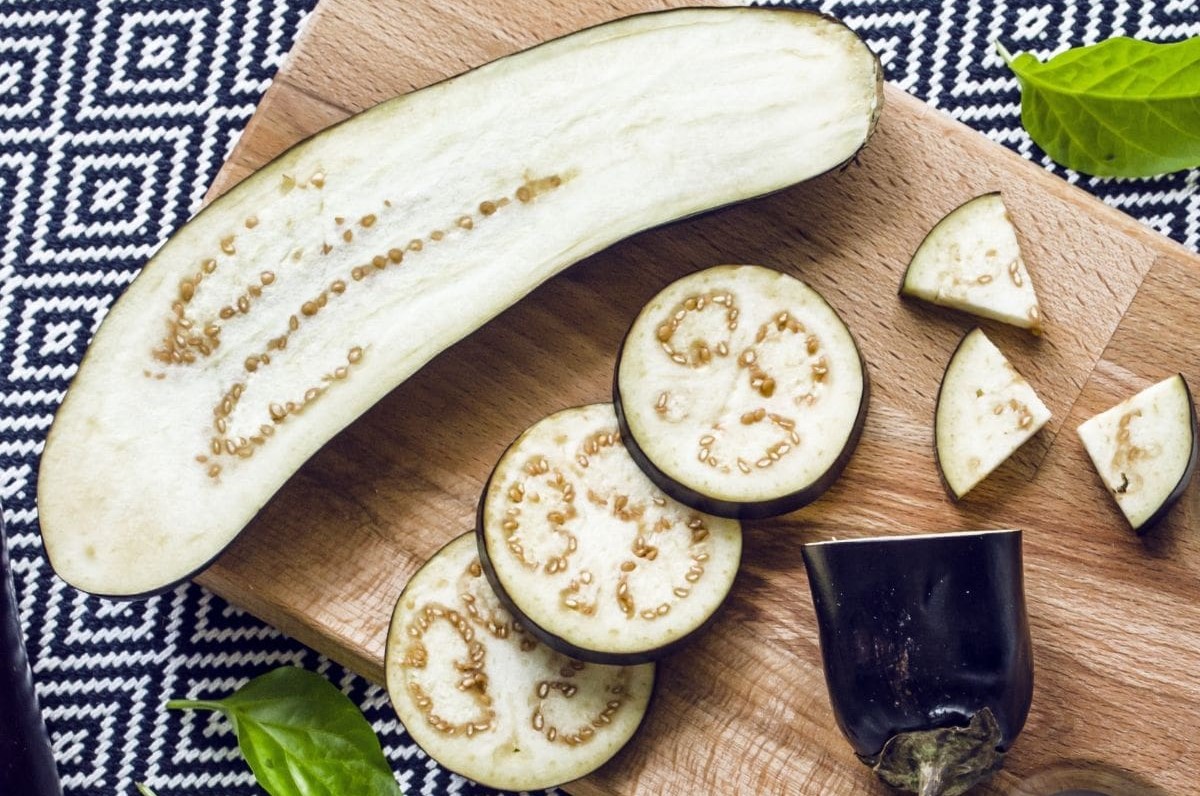
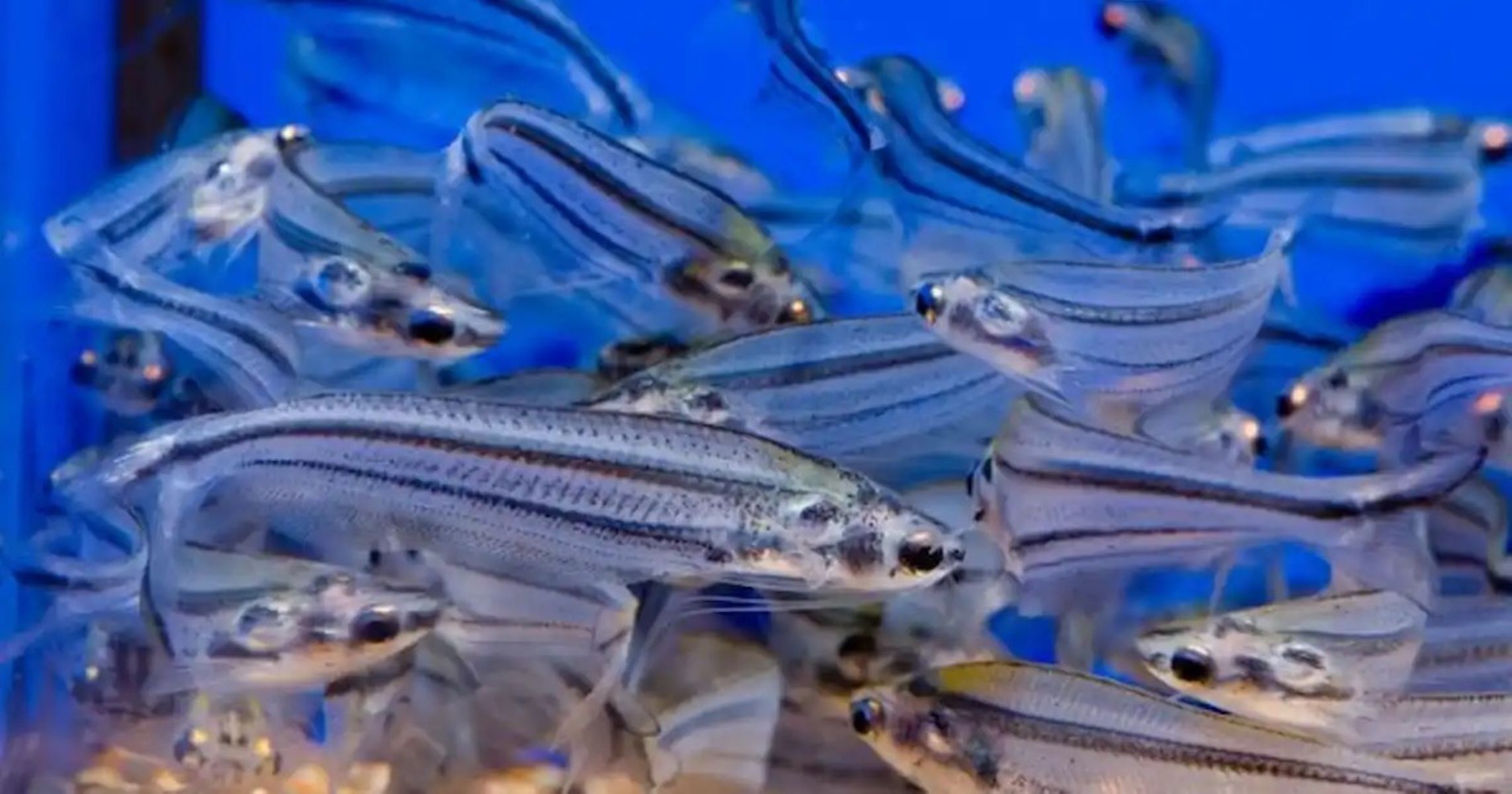

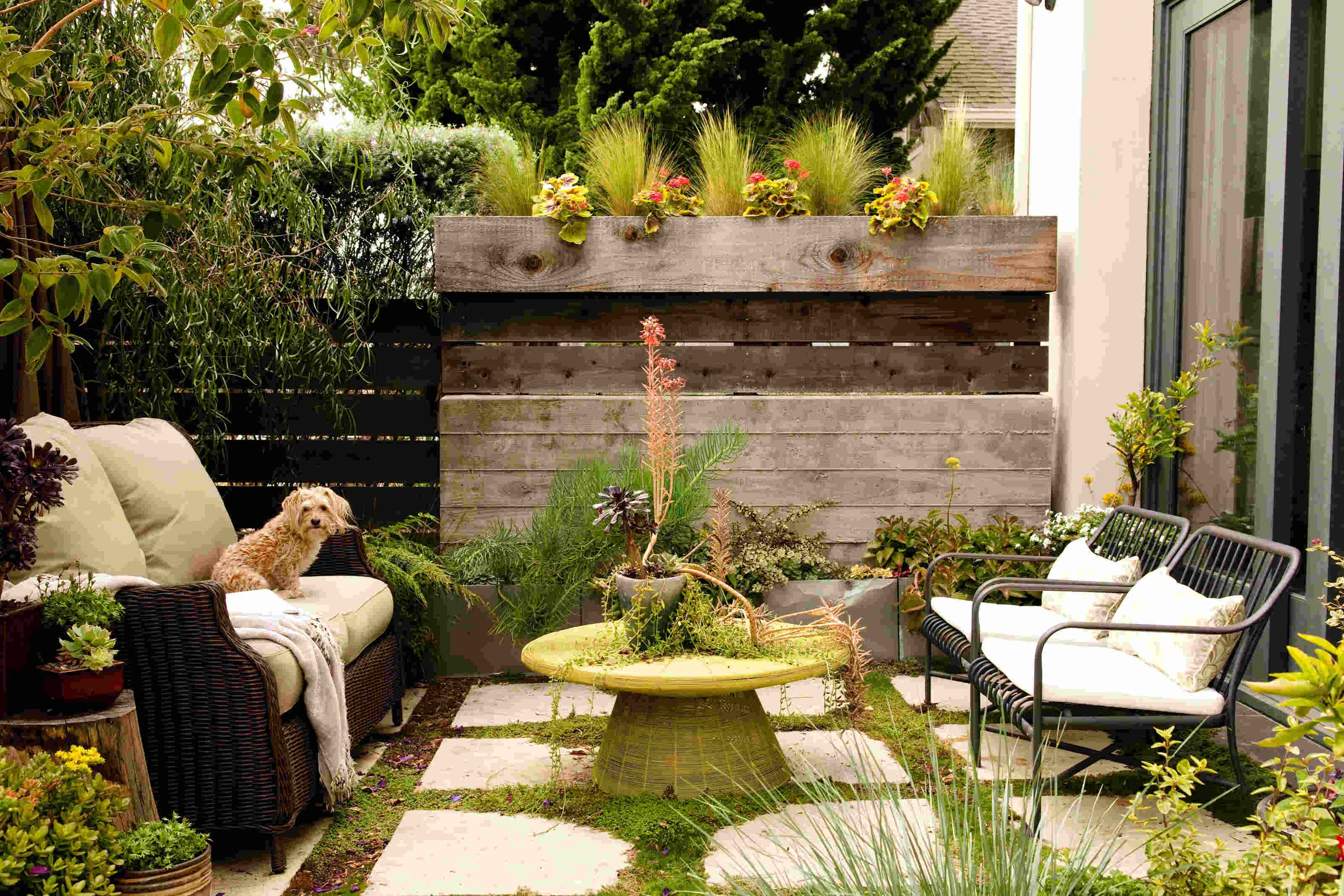




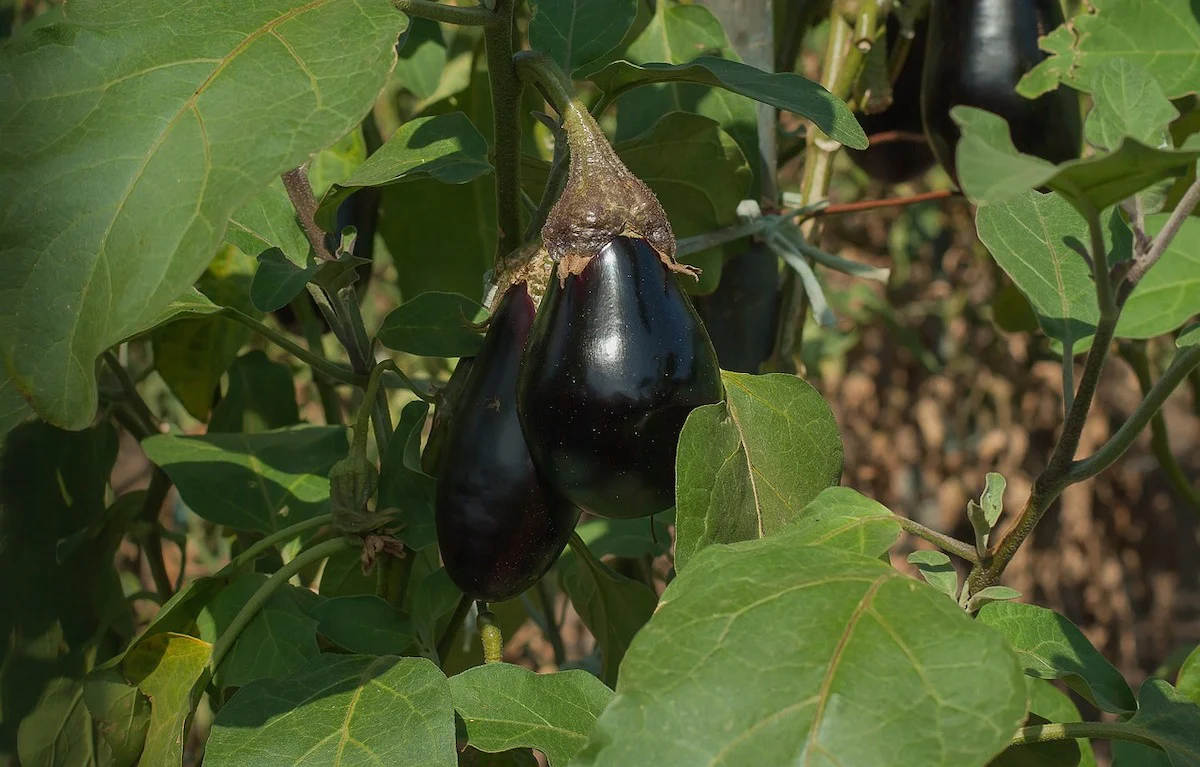
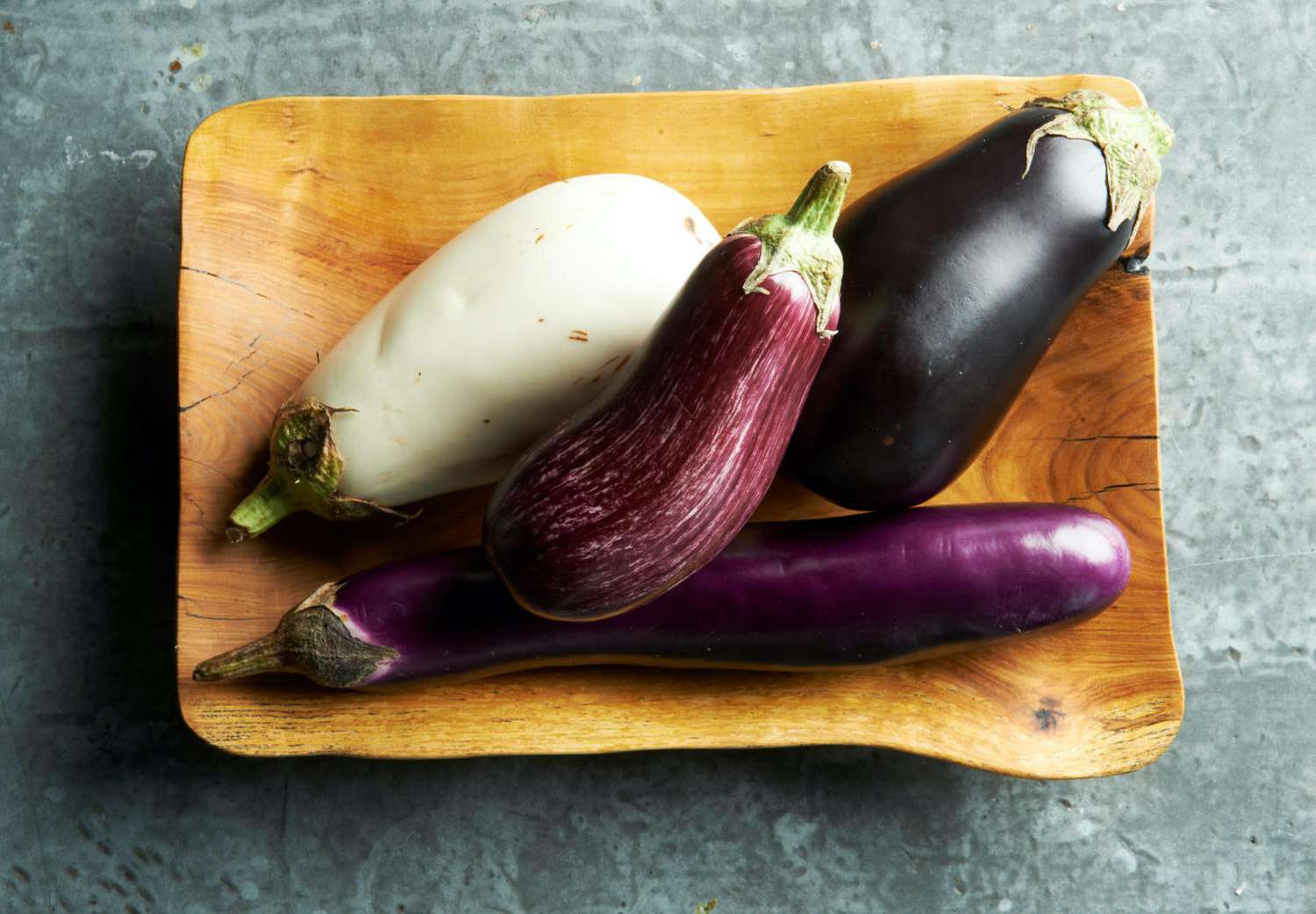

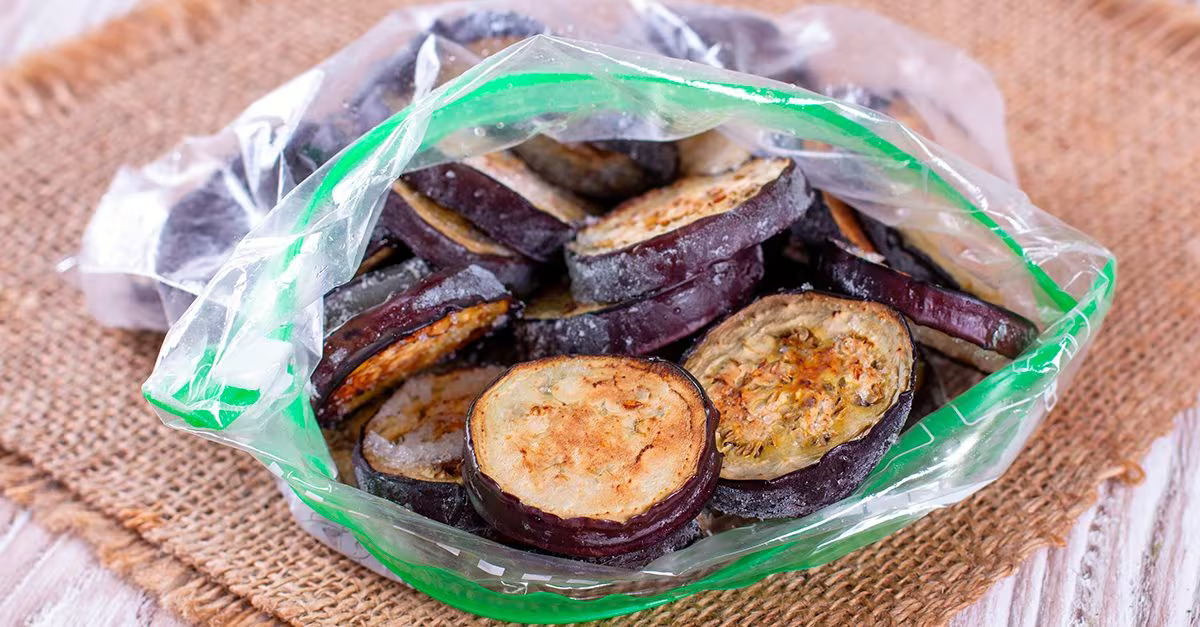



0 thoughts on “How Big Do Patio Baby Eggplants Get”